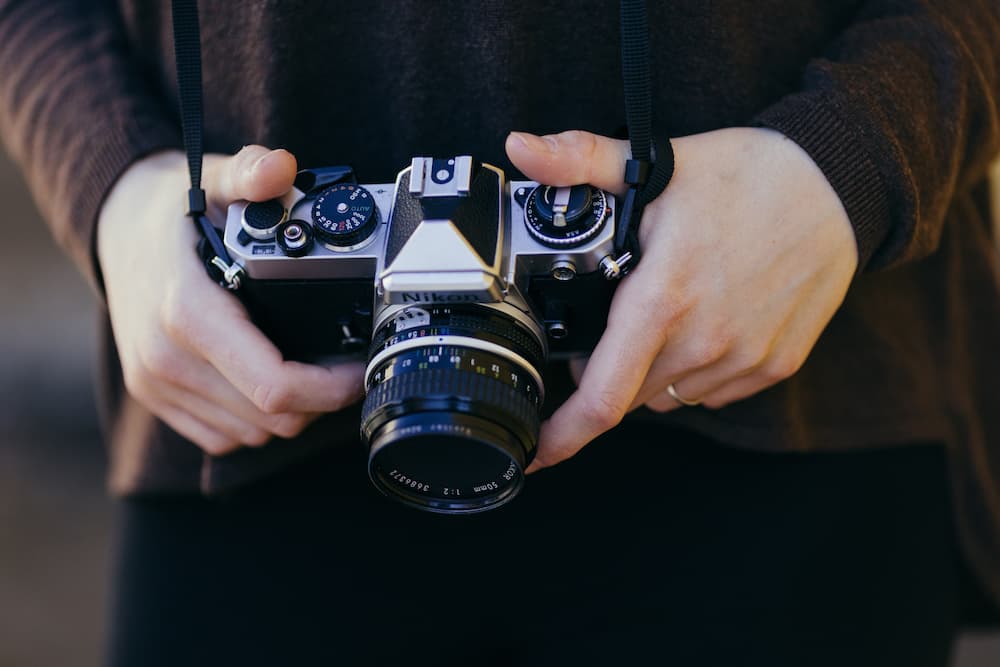Recently I was talking to a friend of mine about landscape photography and he asked me for some tips on how to get started. This is what you will find here: my personal view on how to approach your first steps as a landscape photographer.
First thing’s first: photographing the landscape has nothing to do with pointing and clicking. A large part of being successful in this field depends on your vision, motivation and experience level so keep in mind that this is just my advice based on what I have learned so far. You might agree or disagree but one thing’s for certain: there are no shortcuts! It all boils down to doing it, immersing yourself into it, getting out there again and again and practicing as much as you can.
I will divide the article into three parts: getting started, finding your subject and finally using focal lengths to illustrate it all. Let’s dive right in.
Part 1 – getting started
– learn the basics of composition and find some inspirational images on flickr or 500px to get you going. Once you have a good idea what kind of photos you like, try recreating some of them yourself (get the tripod out!) If that turns out well, move on to the next step. After doing this for a while (I spent about two years working on my photo style before I felt confident enough to start photographing landscapes professionally) you should be able to come up with a good composition on the fly.
– get an idea for a subject that you want to photograph. Ideally it should be something close to where you live, give yourself a deadline and go out there before you forget about it. If I have too much going on at work or in my personal life, I let myself postpone this step until days when other things are more relaxed. In the end timing is everything so try not to overthink it… take your camera bag with some food and water, start driving and decide along the way what you might shoot if conditions are right for it! And yeah: don’t forget warm clothes and a flashlight.
Part 2 – getting into gear
– buy a tripod that’s sturdy enough for your camera and lenses. I started with a cheap tripod that worked fine for my cameras but it wasn’t up to the task when I got a little bit heavier lens. If you go out in the winter, make sure you get something that comes with spiked feet… otherwise good luck getting any traction when you try to set it up on top of freshly fallen snow!
– invest in something better than an 18-55mm kit lens. You can do wonders with them but they are slow at focusing and not very bright either.
Most important gear: a sturdy tripod and a sharp wide angle lens.
– learn how to focus your landscape photos manually! just because your subject is far away does not mean that everything will be in focus from the foreground all the way to infinity. I learned this lesson the hard way when I started out with landscape photography… almost every shot was either backfocused or frontfocused (hope that makes sense).
– learn about exposure and how it relates to different light situations.
Part 3 – focal length, composition and storytelling
– move away from photographing wide angle landscapes only because you can’t get close enough to your subject. It makes for nice photos but you can’t tell any stories with them (well actually you can, but i’ll write about that in part four of this series). Instead identify a specific place where you might be able to go even closer and do it!
– learn how focal length influences your storytelling abilities. You don’t want to have everything in focus all the time so what exactly falls into the “foreground” vs. “background” category? Identify a subject and think about how you can make it stand out more: less depth of field (focal length and aperture), maybe move closer, try to use some elements in the foreground for framing? Make sure you also think about vertical lines and how they will look straight vs. curved…
– get your camera into manual mode! Select an appropriate shutter speed that’s fast enough not to get blurry photos with long exposures. Then select an aperture value somewhere between f/8 – f/16 where you are still able to have everything in focus that falls into your dynamic range. Finally set the ISO so that you have the right exposure on your screen. If necessary take a test shot, review it and adjust accordingly!
– don’t use your flash all the time when doing night landscape photography. The only times I would do that is when I can’t get close enough and therefore need to use a super wide angle and/or when the moonlight isn’t strong (or bright) enough for me to even think about photographing stars in the milky way. If you aren’t using a tripod yet, don’t turn on your flash… it will just ruin everything because of motion blur!
Good luck with setting up and shooting those landscapes!
